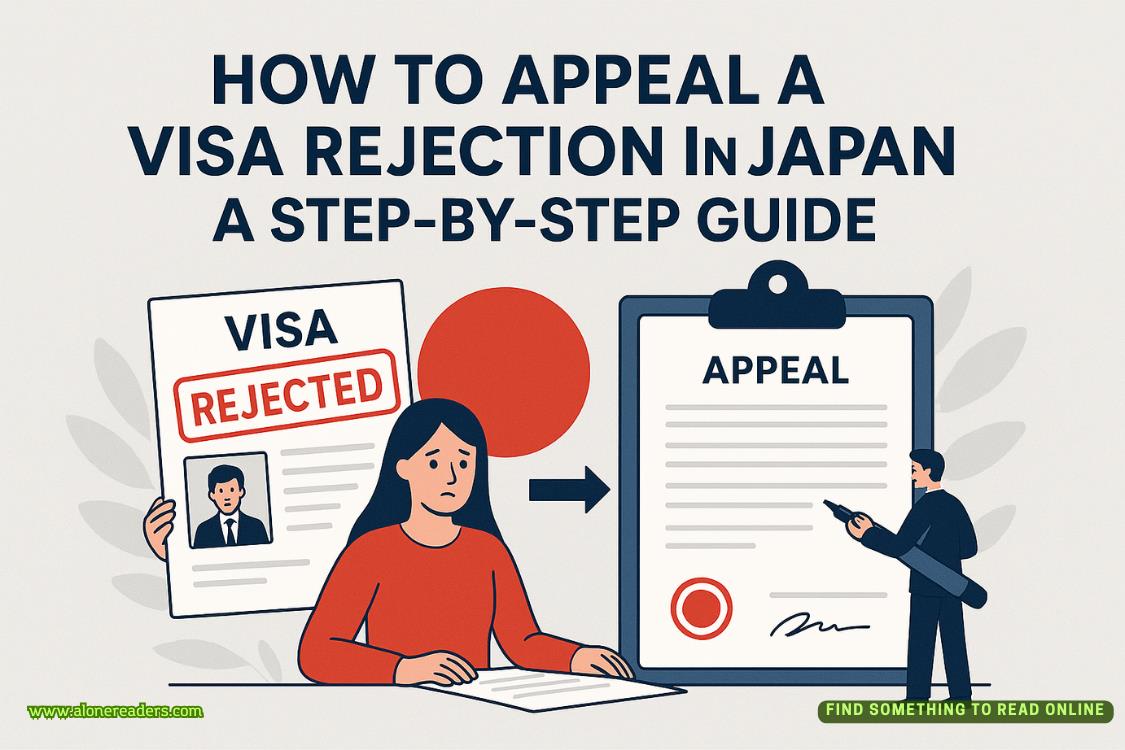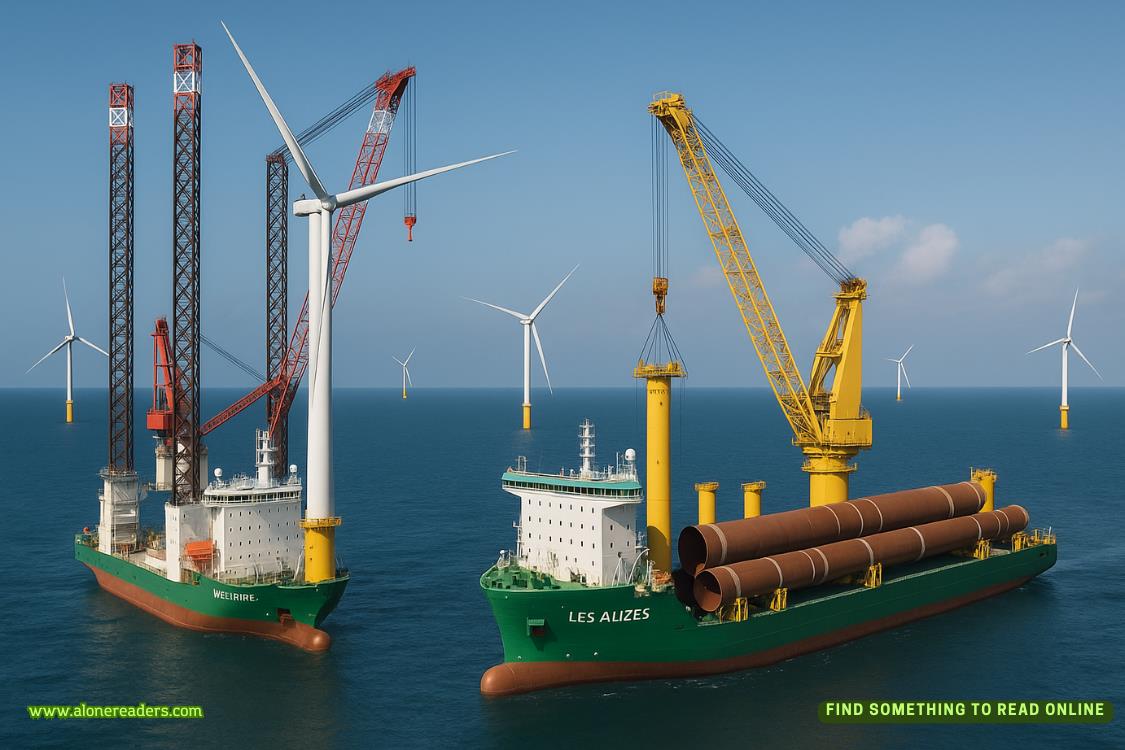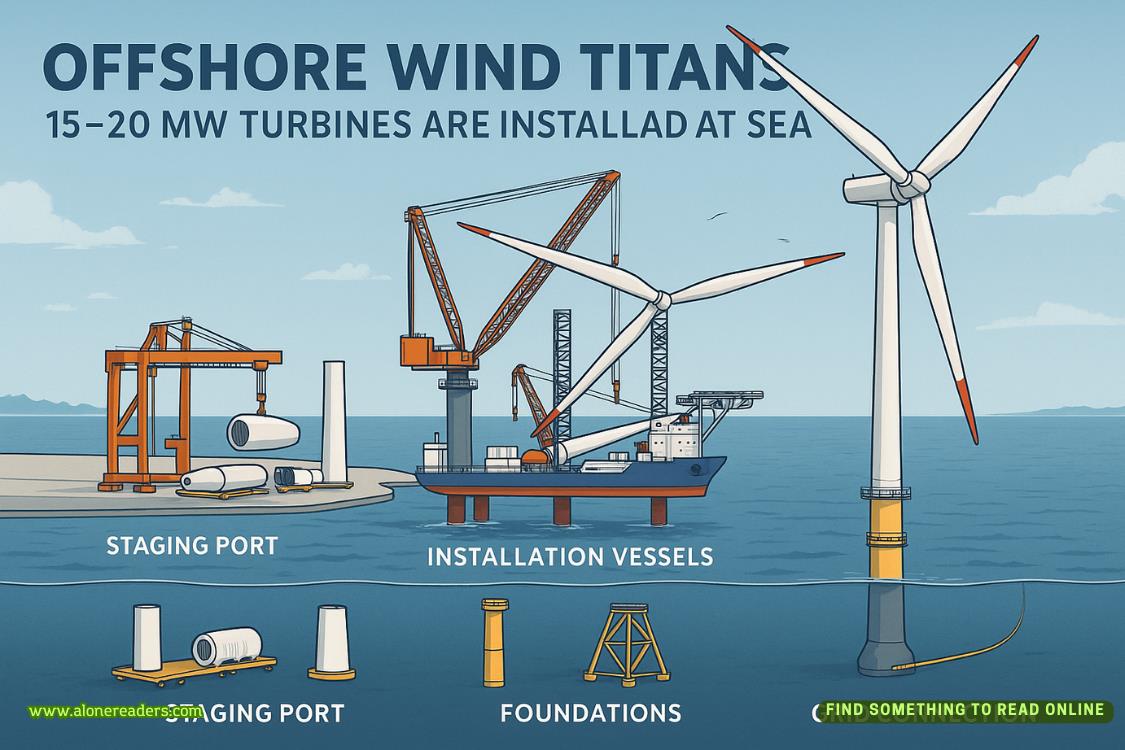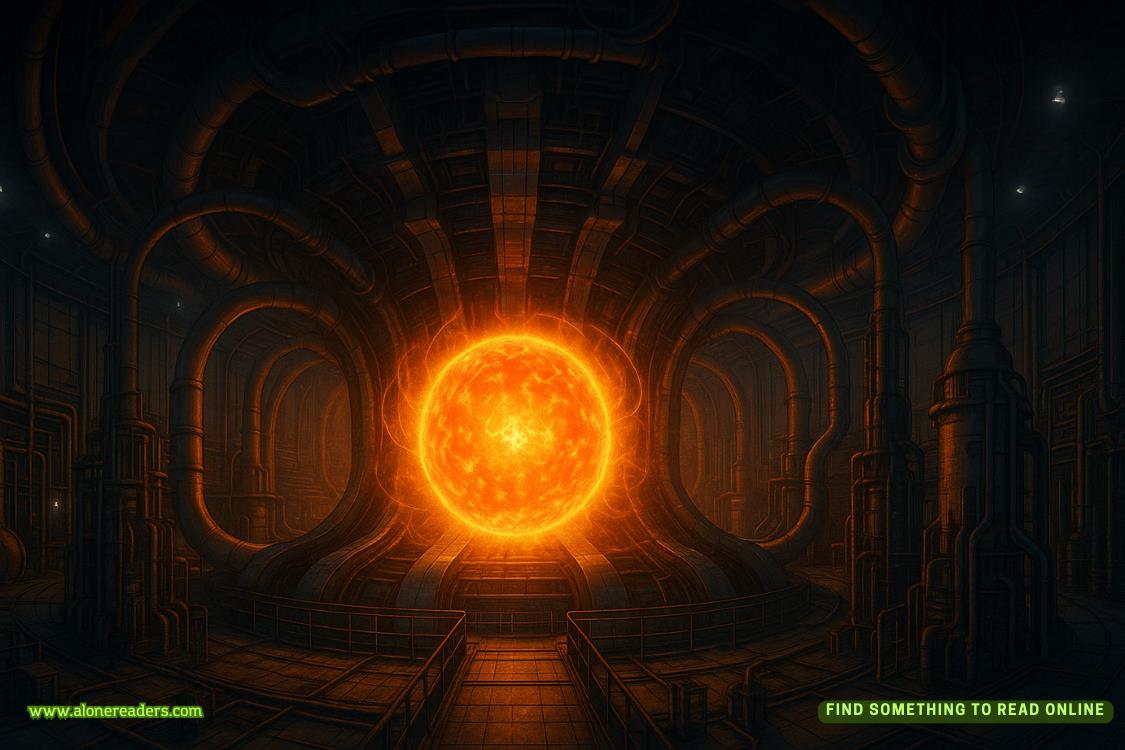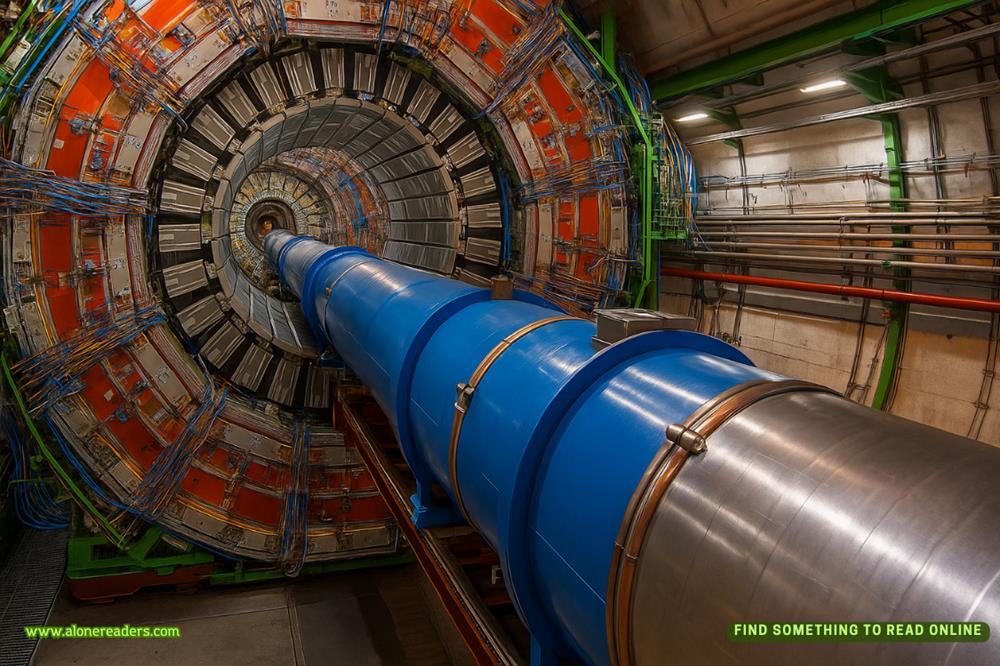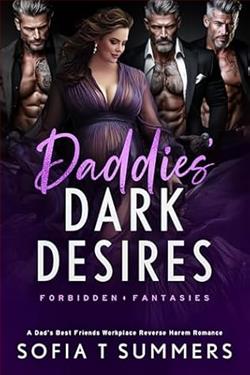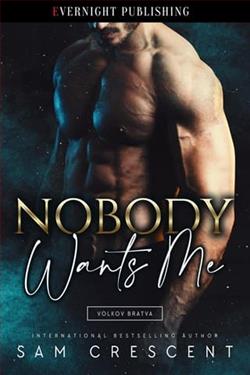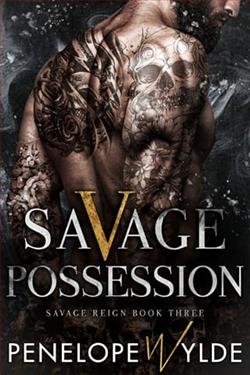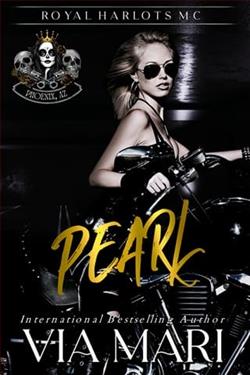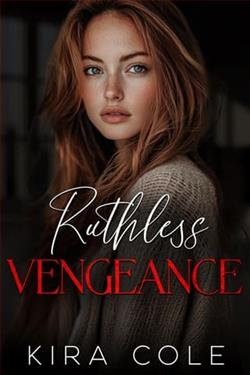Page 54 of My Big, Fat, Fake Billionaire Wedding
Wait, what?
“You did?” My voice comes out higher than intended. “Why?”
He shrugs, setting his briefcase down. “Curiosity. I wanted to see the space that was worth bypassing all my financial advisors.”
Heat creeps up my neck. “Spying on me already? That was fast.”
“Not spying. Appreciating.” He walks closer, examining my paint arrangement. “The windows are exceptional. The sunlight will be consistent throughout the day.”
My mouth opens, then closes. I wasn’t expecting him to actually understand why I chose that space.
“It’s a good foundation,” he continues. “The load-bearing columns give you natural dividers for different work zones. And the freight elevator will make moving larger canvases easier.”
I blink rapidly. “You noticed all that?”
“I notice everything, Ava.” His gray eyes meet mine. “I understand now why that space made sense for you.”
The compliment—if that’s what it is—makes me fidget with the cap of a paint tube. “Thanks. I thought you’d be annoyed that I didn’t consultyou first.”
“About the Brooklyn studio? We’ve already discussed that.” He gestures to my penthouse setup. “This, however, seems excessive. You’re already working long hours at Parsons, and now you’ll have two studios?”
I roll my eyes. “That’s a bit ironic coming from a workaholic like you, don’t you think? When was the last time you left your office before eight?”
His eyebrows shoot up. “That’s different.”
“Is it? You literally have a bed in your office for when you work all night.”
“It’s a couch.”
“With a blanket and pillow permanently stationed on it.” I cross my arms. “Face it, King. You’re the last person who should lecture anyone about work-life balance.”
The corner of his mouth twitches. Not quite a smile, but close enough to make my stomach do a stupid little flip.
“Fair point.” He removes his suit jacket, draping it over the back of a chair. “So explain this to me. Why do you need both spaces?”
I hesitate, not used to having anyone genuinely interested in my creative process. “Different environments inspire different work. The Brooklyn studio is for exploration—big, messy projects where I can splash paint everywhere and not worry about ruining anything. This—” I gesture to my modest setup “—is for capturing quick ideas. Sometimes I wake up with an image in my head that will disappear if I don’t get it down immediately.”
He nods thoughtfully. “Like recording a dream before it fades.”
“Exactly.” The fact that he gets it catches me off guard. “The middle-of-the-night paintings are oftenmy best work. Raw. Unfiltered. Before my inner critic wakes up.”
Gideon steps closer to the table, studying my brushes with unexpected interest. “What determines your choice of brush? These all look the same to me.”
I laugh. “Blasphemy! That’s like saying all stocks are the same.” I pick up a flat brush with a sharp edge. “This is for sharp lines and geometric shapes.” I select another with a round, tapered tip. “This creates fluid, organic strokes. The brush is an extension of your hand, your intention.”
His gaze follows my hands as I demonstrate a few strokes in the air. “You’ve never used digital tools? Seems more efficient.”
“Says the man with fourteen fancy fountain pens on his desk.”
He actually smiles at that. “Touché.”
“Some artists work digitally. I need the tactile connection—the resistance of the canvas, the smell of the paint.” I gesture to the tubes arranged by color family. “Each pigment has its own personality. Cadmium sulphide is temperamental but gives the most vibrant yellows. Prussian blue bleeds beautifully into wet surfaces.”
I realize I’m rambling, but Gideon’s watching me with genuine curiosity. His typical impatience is nowhere to be seen.
“Sorry,” I say, feeling my cheeks warm. “I tend to get carried away talking about this stuff.”
“Don’t apologize. It’s refreshing to hear someone speak passionately about their craft.” He picks up a tube of paint, reading the label. “Most people I deal with are passionate only about profit margins.”
